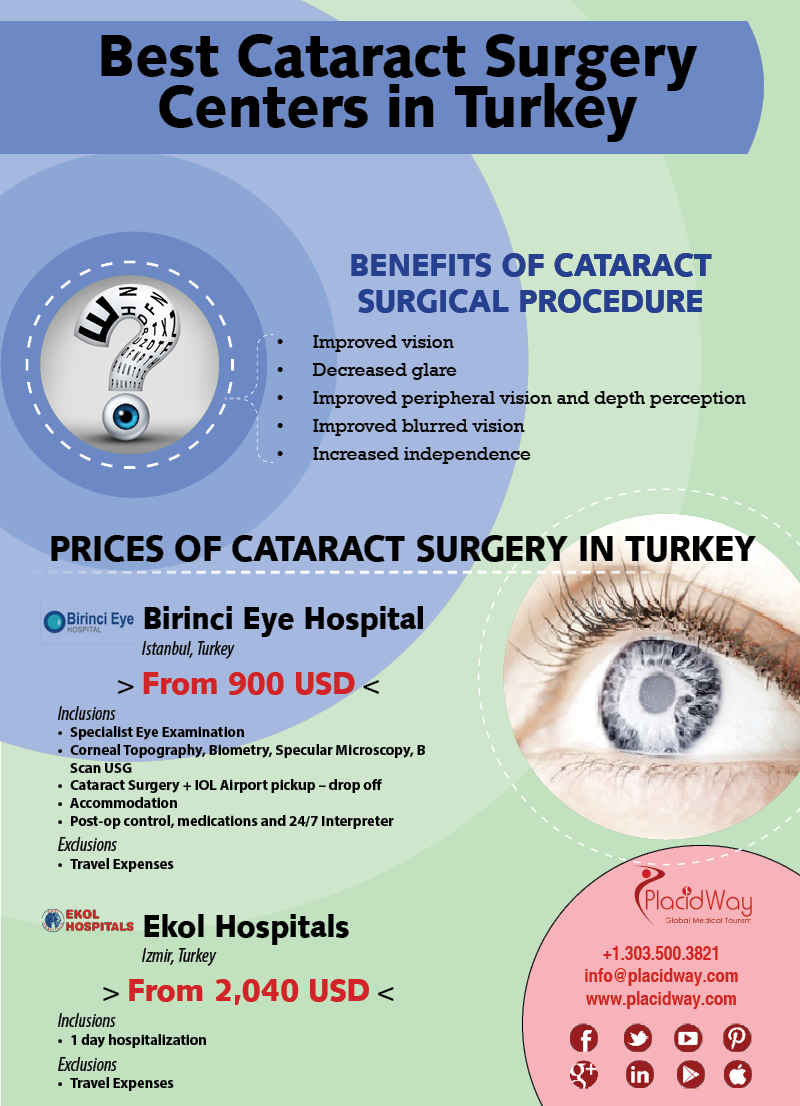How Does SMILE Eye Surgical Treatment Compare To LASIK And PRK?
How Does SMILE Eye Surgical Treatment Compare To LASIK And PRK?
Blog Article
Web Content Writer-McNamara Tang
If you've been thinking about SMILE eye surgery, you might ask yourself exactly how it stacks up against LASIK and PRK. Each procedure has its own set of advantages and considerations. From quicker recovery times to prospective dangers, there are vital distinctions you ought to know before deciding. Comprehending these differences will help you make an educated choice that aligns with your particular needs and assumptions. Interested to recognize more regarding how these procedures contrast thoroughly? Keep on exploring to acquire a thorough understanding of SMILE, LASIK, and PRK.
SMILE Eye Surgical Treatment Overview
If you're thinking about SMILE eye surgical procedure, you'll discover it to be a minimally intrusive treatment with a quick recuperation time. Throughout SMILE (Small Laceration Lenticule Extraction), a laser is used to develop a little, accurate incision in the cornea to get rid of a little piece of cells, reshaping it to remedy your vision. This varies from LASIK, where a flap is created, and PRK, where the external layer of the cornea is totally eliminated.
One of the essential advantages of SMILE is its minimally intrusive nature, causing a faster healing procedure and much less discomfort post-surgery. The recuperation time for SMILE is relatively fast, with several individuals experiencing improved vision within a day or two. This makes it a popular selection for those seeking a convenient and reliable vision modification treatment. Furthermore, SMILE has actually been revealed to have a lower threat of dry eye disorder contrasted to LASIK, making it a favorable option for individuals concerned about this potential adverse effects.
Differences Between SMILE, LASIK, and PRK
When contrasting SMILE, LASIK, and PRK eye surgical procedures, it is essential to comprehend the distinctive techniques made use of in each treatment for vision modification.
SMILE (Little Incision Lenticule Removal) is a minimally intrusive treatment that entails producing a small cut to remove a lenticule from the cornea, improving it to correct vision.
LASIK (Laser-Assisted Sitting Keratomileusis) involves creating a slim flap on the cornea, making use of a laser to improve the underlying tissue, and after that rearranging the flap.
PRK (Photorefractive Keratectomy) eliminates the outer layer of the cornea before improving the cells with a laser.
The major difference depends on the way the cornea is accessed and dealt with. SMILE is flapless, making it an excellent alternative for people with thin corneas or those associated with call sports. Ophthalmology Patient Portal because of the flap development, but it might pose a greater danger of flap-related issues. PRK, although having a much longer recuperation period, stays clear of flap-related problems entirely.
Recognizing these variances is essential in selecting one of the most appropriate procedure for your vision improvement demands.
Benefits And Drawbacks Contrast
To assess the benefits and disadvantages of SMILE, LASIK, and PRK eye surgeries, it's necessary to take into consideration the certain benefits and potential limitations of each procedure. SMILE surgical procedure provides the advantage of a minimally invasive procedure, with a smaller sized incision and potentially quicker recuperation time compared to LASIK and PRK. It additionally minimizes the danger of dry eye post-surgery, a typical negative effects of LASIK. However, SMILE may have restrictions in treating higher degrees of nearsightedness or astigmatism compared to LASIK.
LASIK surgery provides fast visual recovery and minimal discomfort throughout the procedure. It's highly efficient in dealing with a vast array of refractive mistakes, consisting of myopia, hyperopia, and astigmatism. Yet, LASIK lugs a threat of flap complications, which can impact the corneal structure.
PRK eye surgical treatment, while not as preferred as LASIK, avoids producing a corneal flap, decreasing the danger of flap-related issues. It's suitable for patients with thin corneas or uneven corneal surface areas. Nevertheless, PRK has a longer healing time and might involve more discomfort during the healing process.
Verdict
So, when it comes to picking in between SMILE, LASIK, and PRK, think of it like choosing the ideal set of shoes. SMILE resembles a smooth, comfy set of tennis shoes - quick and very easy.
LASIK is a lot more like fashionable high heels - flashy and quickly, but with some potential threats.
PRK resembles sturdy treking boots - trusted and durable, however requiring a bit even more time and effort.
Eventually, cataract surgery nursing interventions depends on your private needs and preferences.
